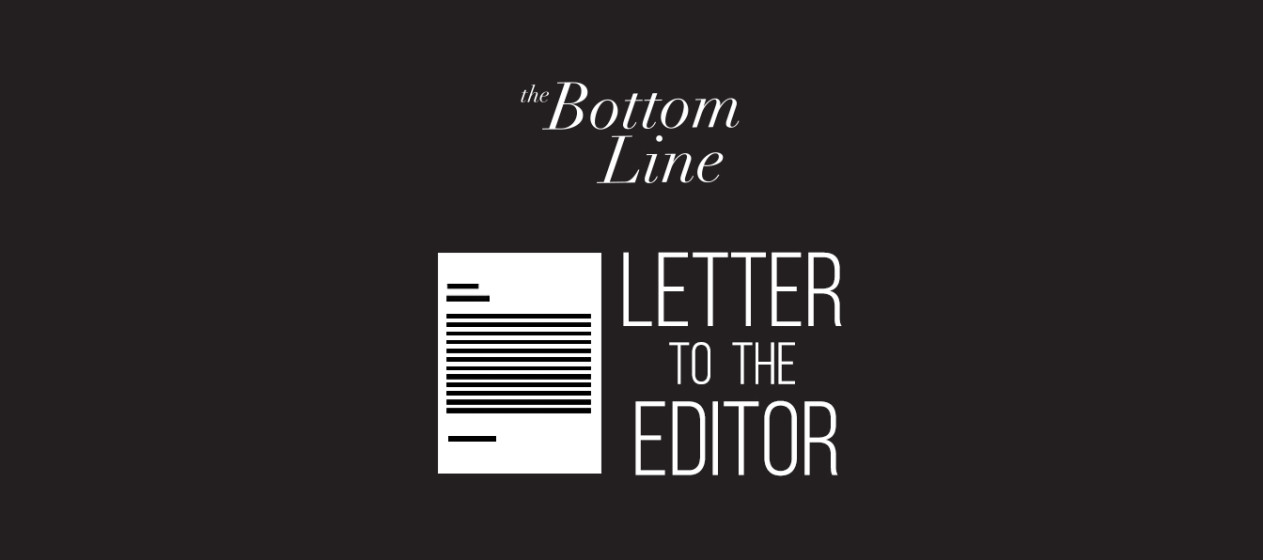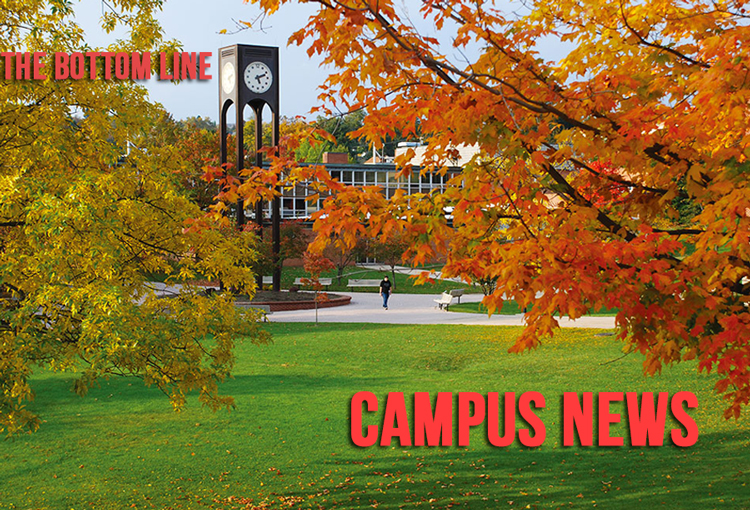“It’s time to support Brownsville.”
Students,
Brown University in Rhode Island did it. The College of William and Mary in Virginia has done it. So has Georgetown University. Professors at some of these schools have determined that by simply uncovering the past, “they need to own it and learn from it.”
Now it’s time for Frostburg State University to do the same. The schools mentioned in the first paragraph focused on their institutional ties to slavery. Frostburg State, meanwhile, needs to look in the early 1900s, when some 125 families that comprised Brownsville, an African American community within the city limits of Frostburg, were forced from their homes and offered less than fair market value for their properties. While Brownsville homeowners received approximately $10 each, their white counterparts collected up to $2,000 in similar transactions. Brownsville residents were a free people, real Americans, and were treated as far less.
The threat of the Ku Klux Klan, along with a general spirit of prejudice and apathy, offered no opportunity for Brownsville residents to move forward with dignity. Instead, they scattered and dared not speak against the actions of city and university officials.
For far too many years, the history of Brownsville and the residents’ forced relocation was one of the city’s best-kept secrets. Of course, descendants of the original Brownsville families always knew. The Frostburg State University Foundation published “A Century of Commitment” for the school’s centennial celebration in 1998. Buried in the very back of the book, spread out on pages 104 through 107 (out of 108 pages), is a sanitized version of what happened to the people and homes of Brownsville. University expansion beginning in the 1920s “claimed several homes” (read: forced people to move and given the equivalent of one month’s rent as “fair” compensation for their buildings and land). The community was “absorbed” by expansion.
In 2011, Professor Lynn Bowman’s book, Being Black in Brownsville: Echoes of a ‘forgotten’ Frostburg was published. In a more straightforward manner (though still treading carefully over certain issues), Bowman brings to life the names and personalities of the building of Brownsville: Tamer Brown, Henry Abel, and the families of Carter, Jackson, Redman, Harper, and Frisby, among others.
Anyone paying attention knows that Frostburg State University has struggled with a declining enrollment. And while university President Ronald Nowaczyk has been hard at work in a number of areas, including reaccreditation, economic development, regional partnerships and more, it’s possible that the university can best move forward by looking at its past and coming to terms with its role in the displacement of some 125 families. University leaders should do what they can to make things right. One of the first steps should be to fully fund the campaign to build a memorial. It’s $10,000 that can be found in waste and abuse in the school’s current fiscal year budget with the pain and sorrow equivalent to something far less than losing one’s home.
A group of university public history students, led by Madie Wilson, have completed an awful lot of research and have a memorial that can withstand the pressure of the city’s annual brutal weather. But over 13 months, efforts to raise funds have generated only 11 percent of the needed $10,000. The university should be not only the driver of the campaign effort, but it should simply pay for it. It wouldd be a solid start to remembering the importance of what Brownsville once was, and what it still is. In addition, a building and dedication in 2018 would ensure that some of today’s most senior former Brownsville residents and descendants would be around to see it.
After that? There are several possibilities. Perhaps descendants of Brownsville families receive priority in acceptance during the admissions process. Maybe they get priority registration when it’s time to enroll in courses for the next semester. Or they might be offered a discounted tuition rate. All of those options should be on the table, and descendants should be a part of the conversation.
Until any of that happens, Frostburg State University seems content on wandering aimlessly towards a future that fails to recognize its past.
Kevin Spradlin
FSU Senior



